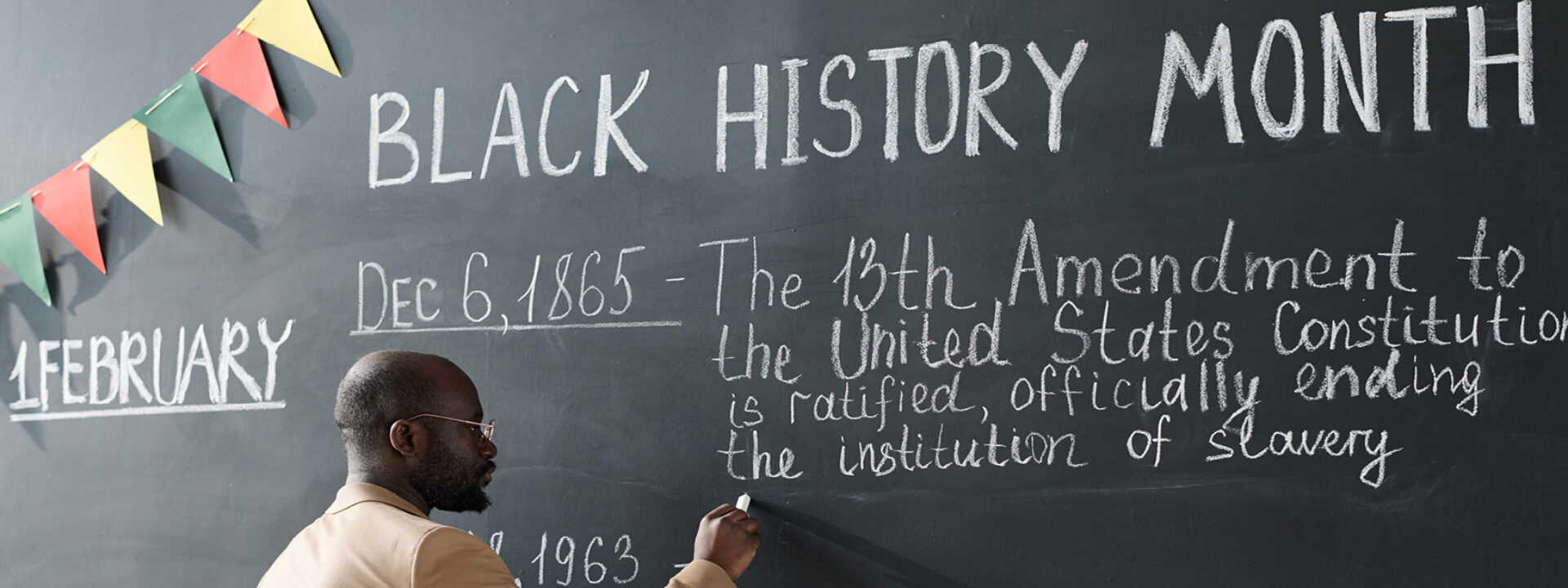Black History Month: Hamilton’s Civil War soldier

Nelson Stevens, a former slave, who served as a soldier in the U.S. Civil War, was buried in an unmarked grave in Hamilton Cemetery.
Hamilton historian Robin McKee, known for conducting tours of Hamilton Cemetery on York Boulevard, made a startling discovery in 2007.
He was doing research for his Civil War-themed tour when he found the unmarked grave of Nelson Stevens, a former slave who served as a soldier in the U.S. Civil War.
Stevens died a poor man in Hamilton.
McKee travelled to the national archives in Washington, D.C., where he found Stevens' enlistment papers and other documents.
McKee applied for an American Civil War veteran headstone for Stevens and was shocked when it arrived in 2007, with a packaging slip that had the official stamp of President George W. Bush.
McKee, who documented Stevens' story in a 2013 book called Hamiltonians and the Civil War, believes Stevens is the first Black man in Canada to have received an official U.S. Civil War headstone.
Below is historian Robin McKee’s account of Stevens’ story.
Nelson Stevens was born in Lynchburg, Virginia, in 1832, as a slave.
By February 1865, Nelson was a 32-year-old, uneducated, labourer, enlisting at Buffalo, N.Y., as a volunteer, as a soldier, for the army of the United States of America.
There are too many questions that are not answered. How did he escape slavery? Where was he living? How did he get there? Why did he enlist? We can’t answer them; the answers are lost in the fog of time and secrets.
What do we know? He is buried here in Hamilton. That leads to more questions. Why and by whom?
We know he was uneducated because he signed his enlistment papers with an “X” as his mark. He could not write and perhaps was not able to read.
Stevens’ enlistment papers tell us he was a free, fit, black man, with black eyes and hair, and stood 5’ 8” high.
He enlisted on Feb. 22, 1865, at Buffalo, N.Y., for three years, and was mustered into service of the 25th U.S. Colored Troops, Company “B”, as a private. He was paid a $100 Bounty.
Oddly, his enlistment is credited to the town of Palemaro, Oswego County, 22 District New York. There might have been a quota system or because he was from Canada.
He joined the company for duty on May 20, 1865. He had to pay 11 cents to the garrison and $6 for his arms and equipment.
Nelson mustered out of the company on Dec. 6, 1865.
The Civil War began in 1861. President Abraham Lincoln announced the Emancipation Proclamation in 1862. On July 17, 1862, Congress passed two Acts allowing the enlistment of African Americans and by October, the first Colored Volunteer Regiment was in the field.
Approximately 180,000 Black soldiers, comprising 163 units, served with the Union Army during the Civil War.
On March 13, 1865, the Confederate Congress passed General Order 14, to allow slaves to be armed, with the promise of freedom if they survived. This was a desperate act because the south was losing more and more ground and its armies’ ranks were being depleted with no population to replace the losses.
The 25th Infantry U.S. Colored Troops was organized at Philadelphia, Penn., between Jan. 13 and Feb. 12, 1864 and on March 15, 1864 left Philadelphia assigned to garrison duty at Beaufort, N.C. In October 1864, the command was sent to Pensacola, Fla., to Fort Pickens and Fort Barrancas.
Nelson Stevens joined up with the regiment the following February.
The war was winding down and in April 1865, General Lee surrendered at Appomattox.
Stevens and the 25th Infantry continued to man the Florida forts until they were ordered to Philadelphia, where on Dec. 6, 1865, the regiment was mustered out of service.
Colonel Hitchcock commanded and trained the 25th and was assured of his men’s competency, duty, and patriotism. The opportunity to show their character under fire never arose and the men always felt the disappointment.
We pick up Nelson’s story. He was mustered out with the rest of the regiment in Philadelphia.
By 1866, Nelson had settled here in Hamilton, and was married. He worked as a tobacco roller, (Did he work for Tuckett Tobacco?) and lived at 7 Park St. N.
Nelson died in Hamilton on May 18, 1890, at the age of 58. His wife and two daughters were living in Toronto.
He died alone and poor. His gravesite at Hamilton Cemetery was donated and no stone was placed on his grave until 2007.
HAMILTON CITY Magazine is featuring the work of local historians who document the rich, diverse and fascinating history of Hamilton and area.






